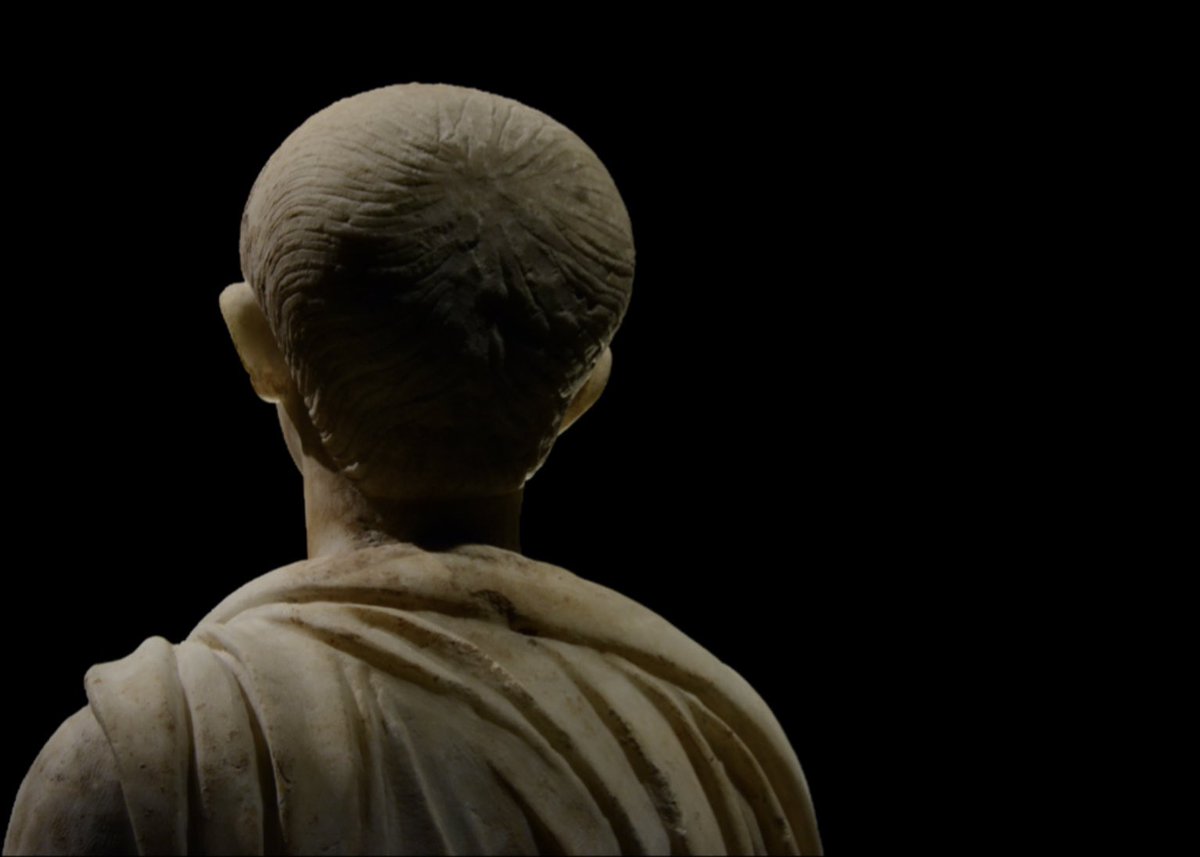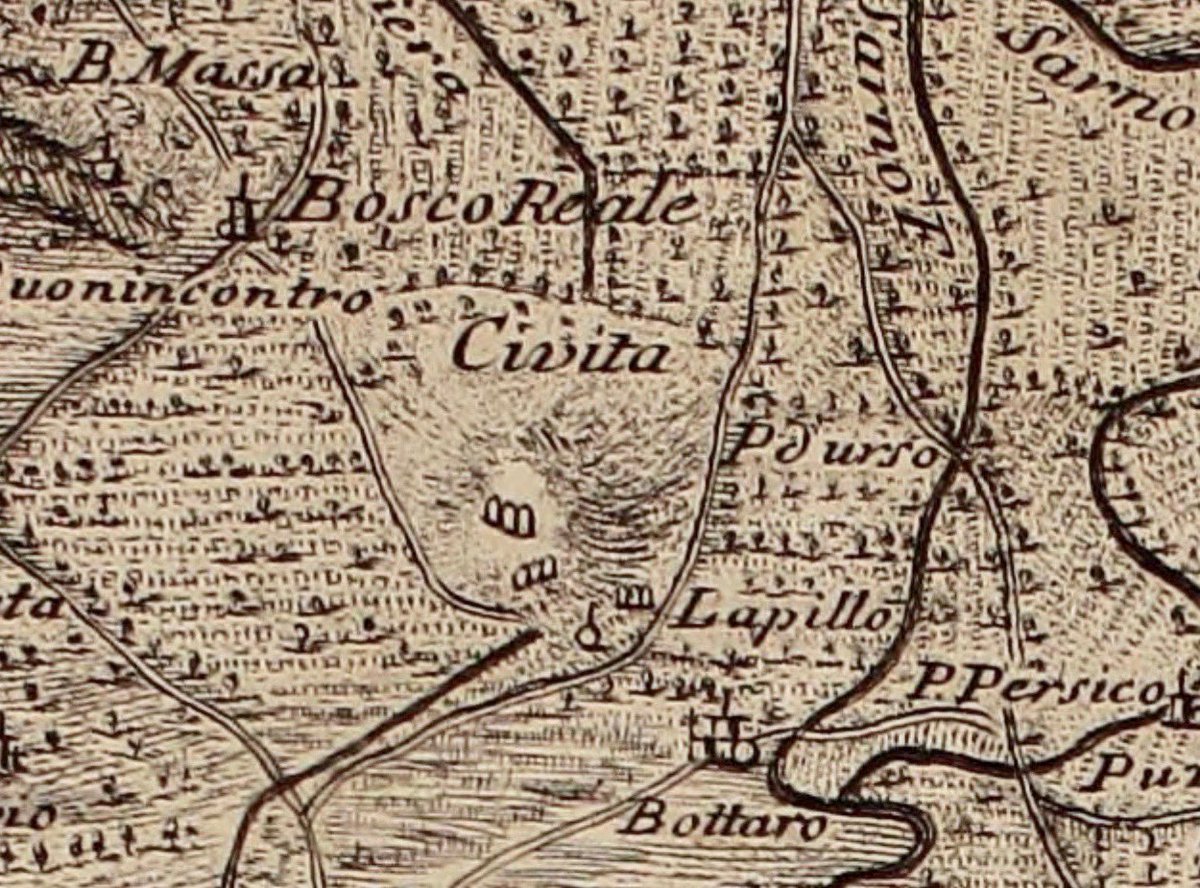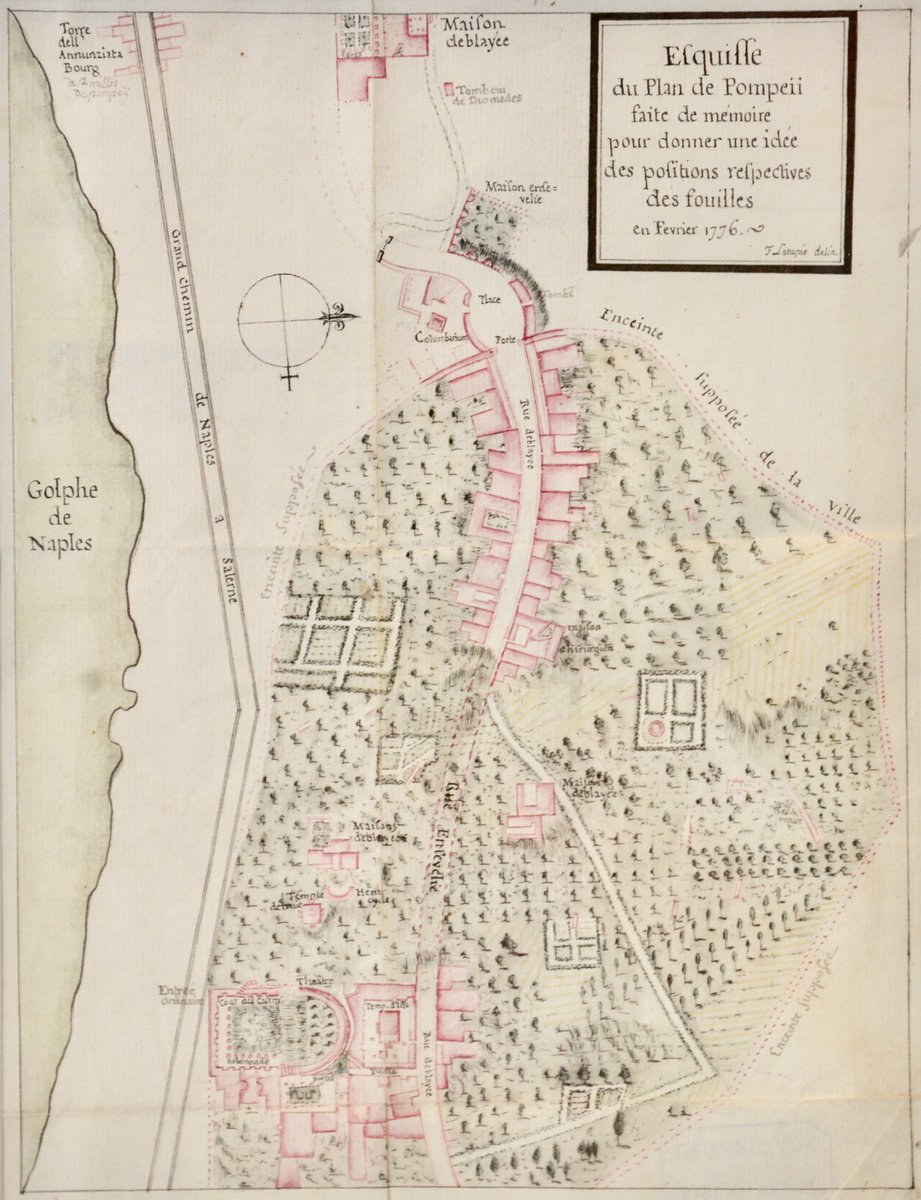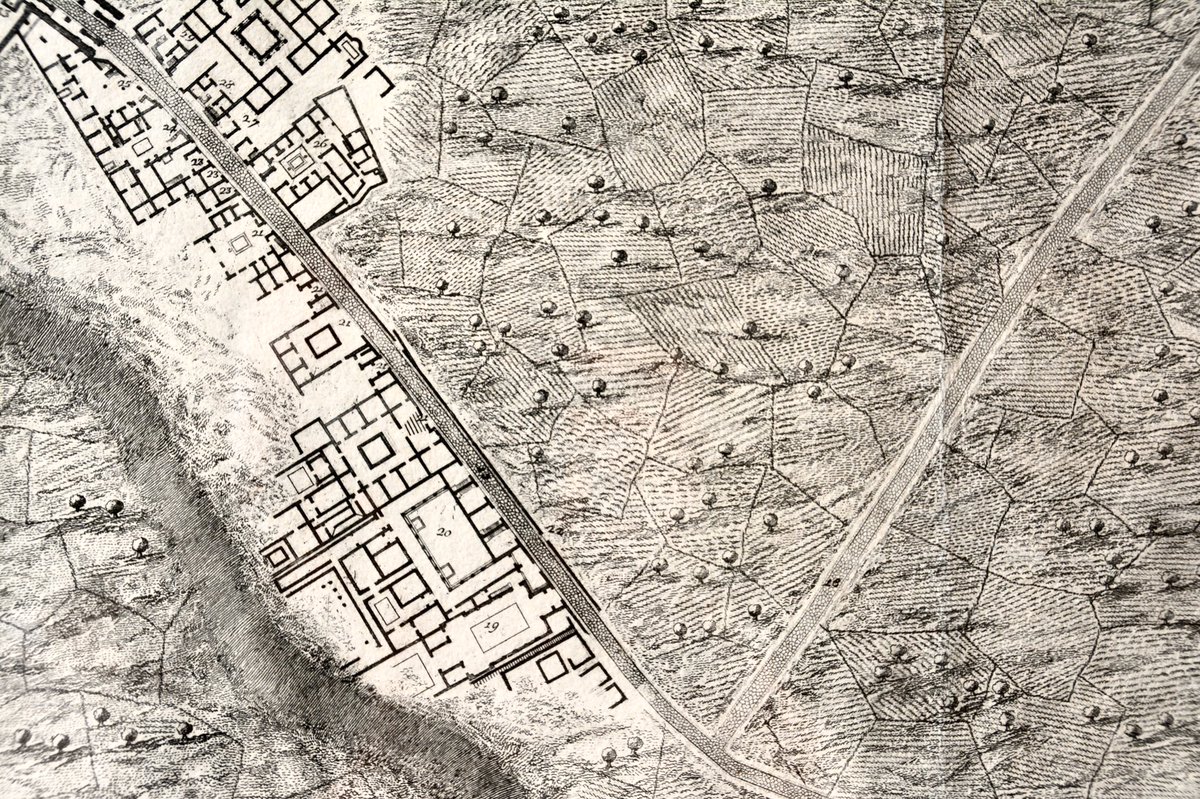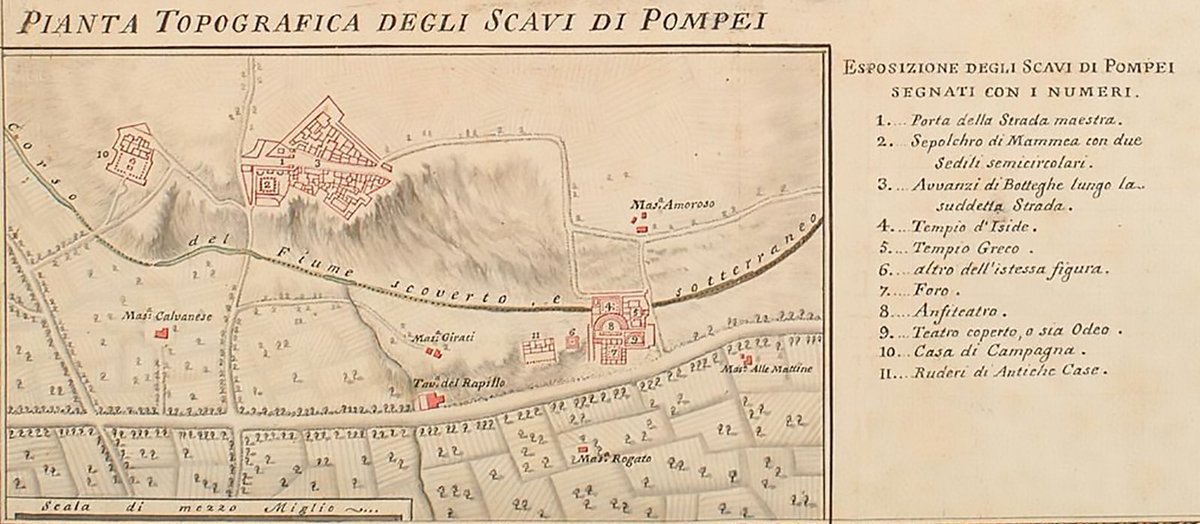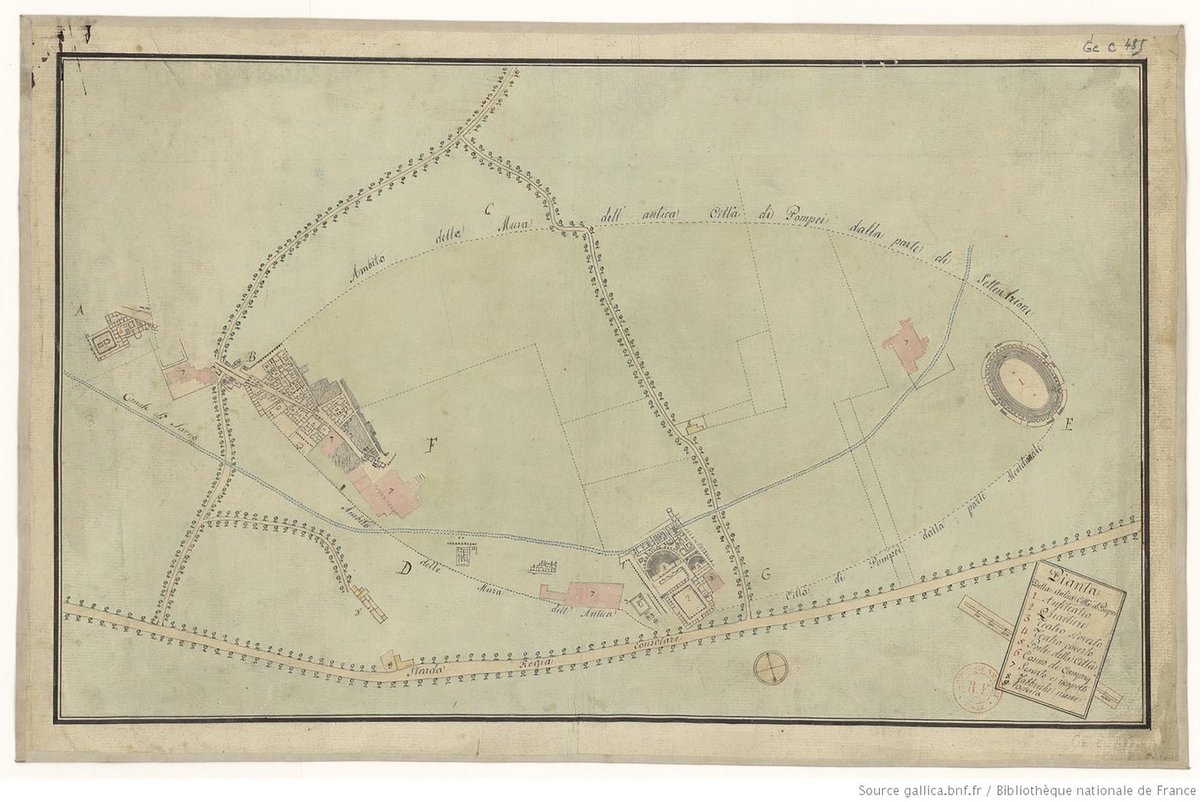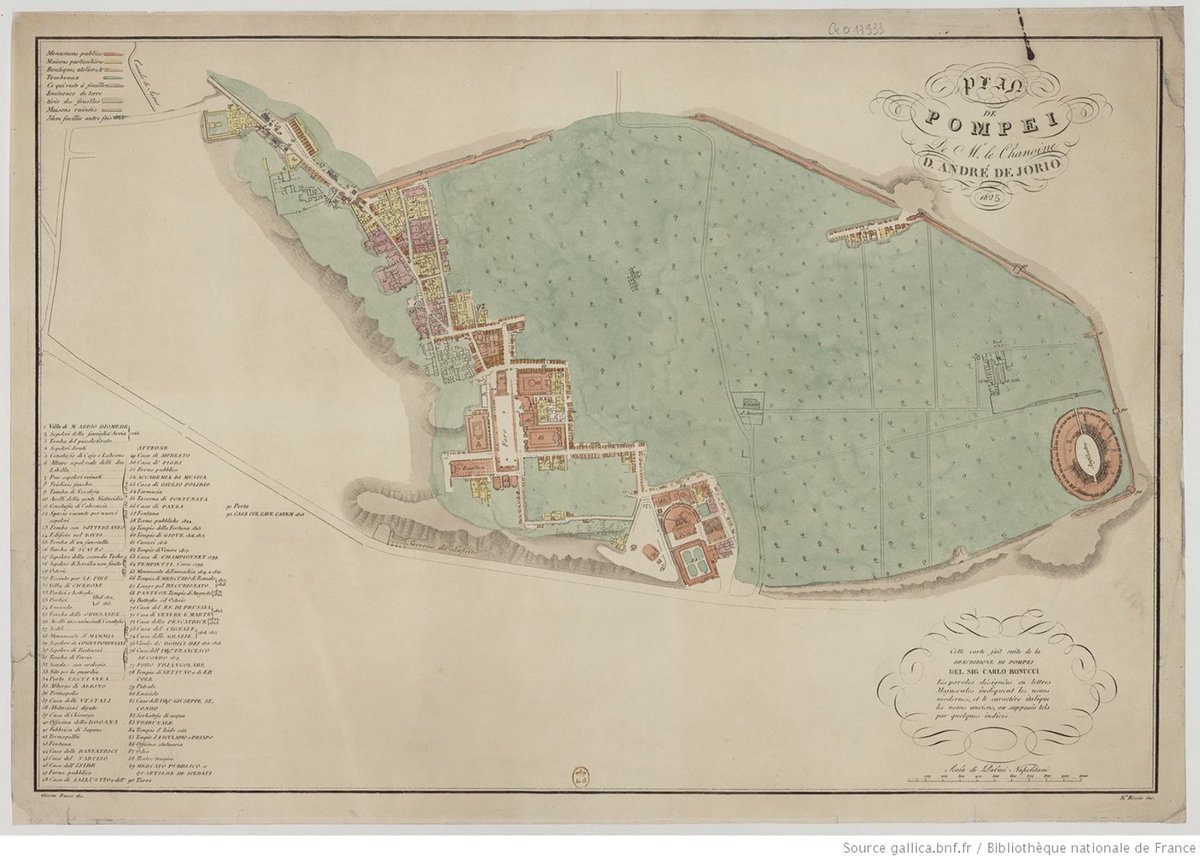Your annual reminder that although it is claimed, today probably wasn’t the day that Vesuvius erupted in AD 79 burying the landscape in volcanic debris and covering the Roman cities of #Pompeii and #Herculaneum as well as other settlements and rural villas in the area. 





According to letters Pliny the Younger wrote to Tacitus, detailing his eye-witness account of the AD79 eruption, it happened on Aug 24th.
We only have transcribed copies of these letters & the eruption date on each version varies. It’s more likely that Vesuvius erupted in Oct/Nov

We only have transcribed copies of these letters & the eruption date on each version varies. It’s more likely that Vesuvius erupted in Oct/Nov


A charcoal inscription uncovered in #Pompeii contains the date ‘XVI K Nov’—16 days before the Kalends of Nov—equating to 17th Oct. Though no year is mentioned, the impermanence of charcoal suggests this could have been written close to the time of eruption.
Image:@MassimoOsanna
Image:@MassimoOsanna

However, the most persuasive archaeological evidence we have to indicate the eruption may have been later in the year, are ripe pomegranates. These generally ripen & are harvested in autumn not August pointing to an eruption in October. 







This series of blog posts by Pedar Foss are quite wonderful for understanding how we came to have various copies of Pliny the Younger’s letters to Tacitus regarding the eruption and just what he wrote in them.
quemdixerechaos.com/2012/11/19/tra…
#Pompeii #Eruption #Vesuvius #PlinyTheYounger
quemdixerechaos.com/2012/11/19/tra…
#Pompeii #Eruption #Vesuvius #PlinyTheYounger
• • •
Missing some Tweet in this thread? You can try to
force a refresh































